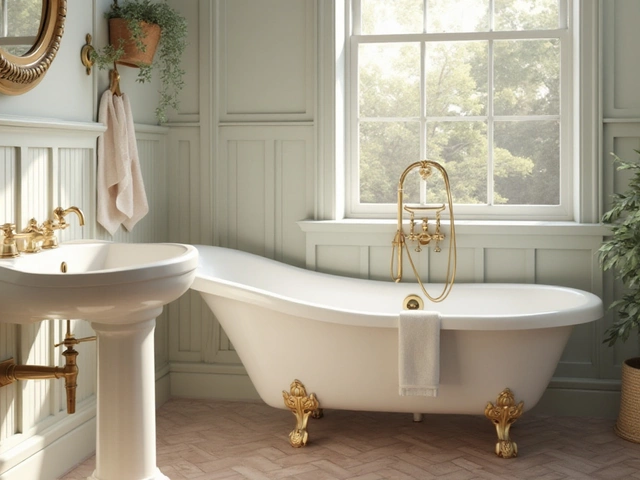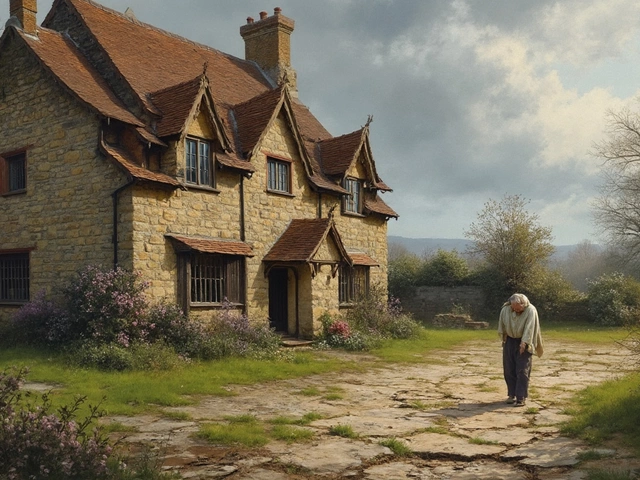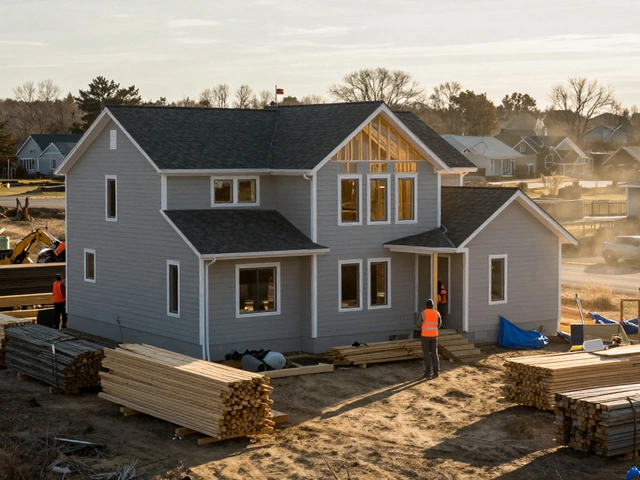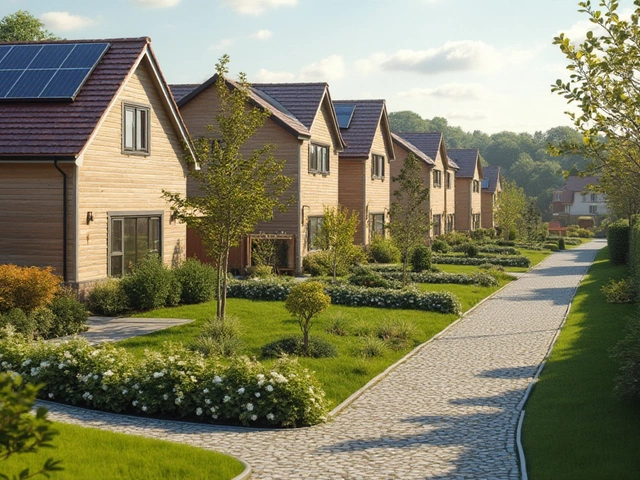Building Costs: How to Budget Your Construction Project
Planning a build can feel like guessing a huge number on a piece of paper. The good news? Most of the big costs are predictable. Knowing where the money goes lets you cut the waste before the first brick is laid.
Key Cost Areas in a Build
Foundation work tops the list. Cracked or sinking foundations can turn a modest project into a nightmare. A simple crack might be fixed with epoxy for a few hundred pounds, but a full replacement can climb into the thousands. Our guide on “When to Repair vs. Replace” helps you spot the signs early.
Roofing is the next big ticket. Whether you choose cheap felt or premium slate, the price per square varies a lot. Understanding how roof pitch, material choice, and local labour rates affect the final bill can save you a few thousand. Check out the “Roofers Charge Per Square” breakdown for realistic numbers.
Kitchen and bathroom fitting often surprise homeowners. A dry‑fit kitchen, for example, lets you test layout before final install and avoids costly re‑work. Expect around £10‑£15 per square foot for fitting, plus materials. The same logic applies to bathroom fixtures – plan the rough‑in early and you won’t be shocked by later invoices.
Flooring choices also impact the bottom line. Engineered wood, tiles, and vinyl each have different lifespans and installation costs. Our “Best Flooring Choices for New Builds” guide shows you how to match durability with budget.
Tips to Keep Costs Under Control
First, get a detailed quote from at least three suppliers. Small differences in line items, like “site cleanup” or “waste disposal,” can add up.
Second, schedule work during off‑season periods. Roof replacements in winter or bathroom remodels in early spring often come with lower labour rates.
Third, consider DIY where it’s safe. Sealing hairline cracks, improving drainage, or re‑grading the site are tasks many homeowners can handle with a bit of research, saving thousands on professional fees.
Fourth, use the 345 rule for foundation layout. This simple measurement ensures right angles and reduces the chance of costly re‑work later on.
Finally, keep an eye on hidden fees. Change orders, unexpected site conditions, and permit delays can quickly inflate the budget. Regularly review the project plan and ask the contractor to explain any new charge before it becomes a surprise.
Building a new home or renovating an existing one doesn’t have to drain your savings. By focusing on the main cost drivers – foundation, roof, kitchen, bathroom, and flooring – and applying smart budgeting tactics, you’ll stay in control and finish the project on time and within budget.
Cost Breakdown: Building a 3,000 Sq Ft House in California
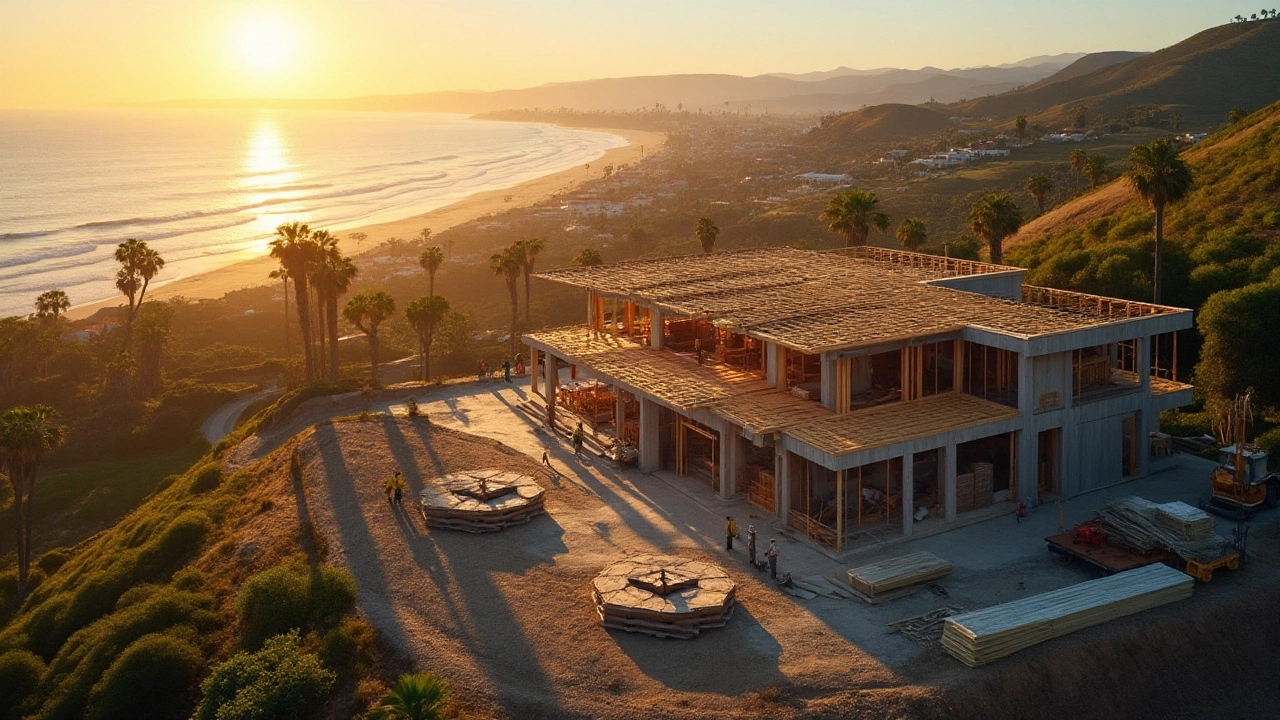
Building a 3,000 square foot house in California requires understanding various cost factors. From land acquisition to material selection, the expenses can vary widely due to location, design complexity, and local regulations. This article explores typical costs, practical tips, and essential considerations for aspiring homeowners in the Golden State. It's a guide to help navigate the exciting yet challenging process of home building.
read more